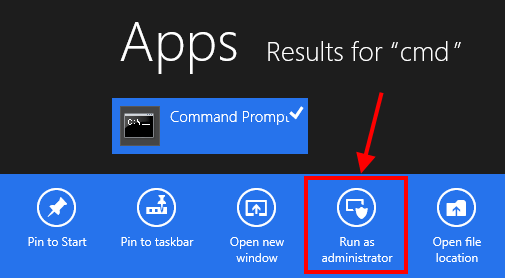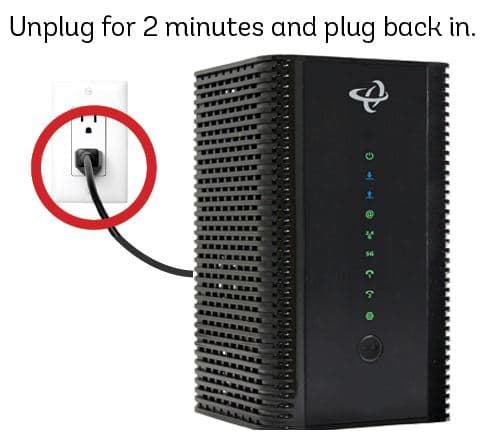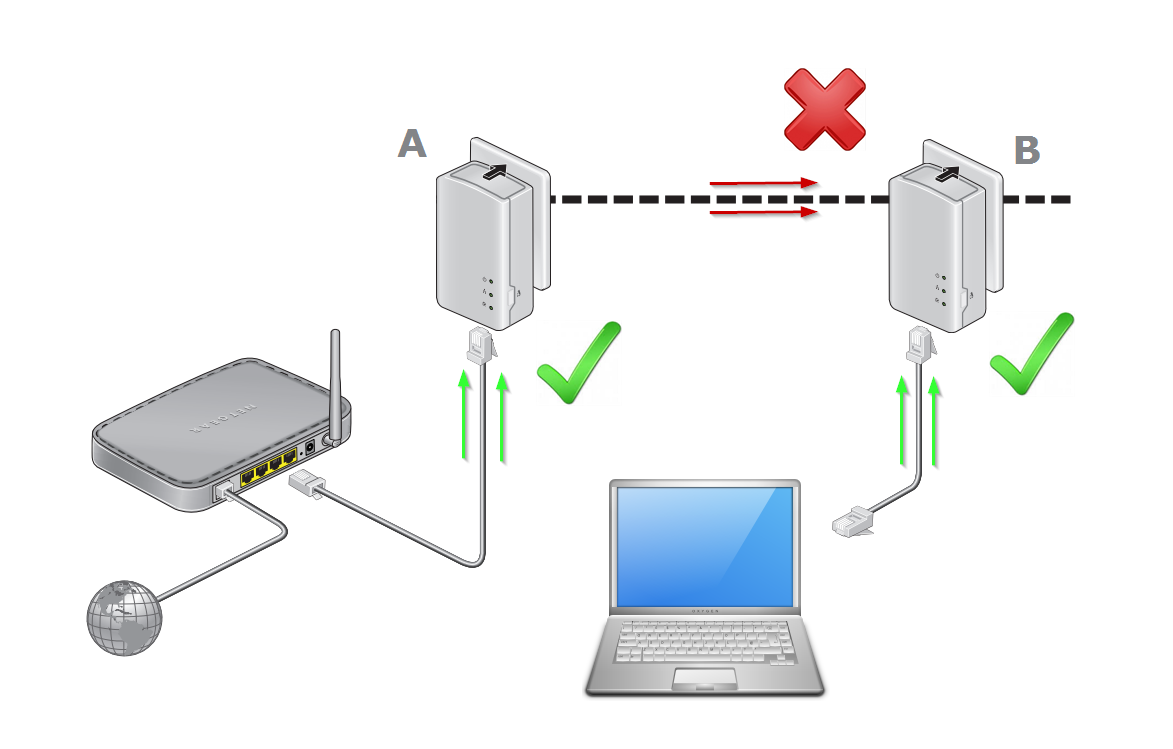Are you tired of paying exorbitant cable bills just to watch your favorite local channels? As a cable industry professional with over a decade of experience, I’m here to share the ultimate guide to cutting the cord and enjoying free high-definition local programming in 2024. In this comprehensive article, we’ll dive into the best methods for receiving local channels without cable, provide expert tips for optimizing your antenna setup, and explore the exciting future of free over-the-air TV with ATSC 3.0.
Why Local Channels Still Matter in the Streaming Era
While streaming services like Netflix and Hulu have revolutionized the way we consume media, local channels remain a staple for accessing news, sports, live events, and popular shows from major networks. Nielsen reports that even in the streaming age, broadcast TV still accounts for a significant 30
The Resurgence of HDTV Antennas
Gone are the days of clunky “rabbit ears” antennas. Today’s sleek and powerful digital antennas can pull in free high-definition broadcasts from towers up to 70 miles away under ideal conditions. With prices starting under $20, a one-time purchase of an indoor antenna provides unbeatable value compared to recurring monthly cable fees. Plus, over-the-air broadcasts often boast better picture quality than cable or satellite since the signal is less compressed.
I recently helped a client who was fed up with their $150 monthly cable bill. By setting them up with a quality indoor antenna, they now enjoy crystal-clear access to their favorite local channels, including ABC, CBS, NBC, FOX, and PBS, without any ongoing costs. The savings quickly add up!
Selecting the Right Antenna for Your Location
The key to achieving the best reception with an HDTV antenna lies in choosing the right type for your specific geographic location and home setup. Consider these main factors:
- Distance from broadcast towers
- Surrounding terrain (mountains, tall buildings, etc.)
- Home construction materials
- Available space and aesthetics
For those within 20 miles of towers in an area with minimal obstructions, a small indoor antenna like the Mohu Leaf Metro or 1byOne Upgraded Digital Amplified Indoor HD TV Antenna (both under $25) will usually suffice.
If you’re 20-40 miles out, opt for a more powerful amplified antenna such as the Antennas Direct ClearStream Eclipse or Winegard FlatWave Amped in the $40-$60 range. Amplified antennas boost signal strength to help overcome distance and obstructions.
For those 40-70 miles from towers or in challenging terrain, a large multi-directional outdoor antenna mounted on the roof or in the attic is your best bet. Top models include the Winegard Elite 7550 and Channel Master CM-4228HD, priced around $100-$150.
Optimizing Antenna Placement for Peak Performance
Proper antenna placement is crucial for maximizing the number of channels received and minimizing pixelation and dropouts. Follow these expert tips gathered from my years of experience:
- Place the antenna in a window, on a wall, or atop furniture facing the direction of the broadcast towers. Use tools like AntennaWeb or the FCC DTV Reception Maps to check tower locations.
- Avoid placing the antenna near metal objects like window frames, filing cabinets, or appliances that can interfere with signals.
- Experiment with different mounting heights. Sometimes placing the antenna higher or lower can make a big difference.
- If possible, connect the antenna directly to the TV using a high-quality coaxial cable. Avoid splitters or long cable runs that can degrade signal strength.
- Consider an amplifier for cable runs over 50 feet to mitigate signal loss. Channel Master and Winegard offer reliable in-line amplifier options.
- Rescan for channels on your TV periodically, especially after moving the antenna. Broadcasters occasionally change frequencies or add new subchannels.
I once worked with a frustrated customer who couldn’t receive any channels with their indoor antenna. After visiting their home, I discovered the antenna was mounted near a large metal filing cabinet. Simply relocating the antenna to the other side of the room dramatically improved their reception from zero to over 50 channels!
Integrating Antennas with Streaming Devices
For the ultimate cord-cutting setup, consider integrating an antenna with a streaming device like a Roku, Fire TV, or Apple TV. Devices like the AirTV 2 or Tablo Dual HDMI allow you to connect an antenna and stream live local channels to any device in your home over WiFi. You can even record antenna content with an external USB hard drive.
This allows you to access local channels and streaming apps all in one place without having to switch inputs. Enjoy the best of both worlds – free over-the-air TV and on-demand content – with a seamless user experience.
The Exciting Future of Free Over-the-Air TV with ATSC 3.0
The next generation of broadcast TV is on the horizon with the rollout of ATSC 3.0, also known as NextGen TV. This new digital standard will offer 4K HDR video, immersive Dolby Atmos audio, interactive features, and improved reception, all for free with an antenna.
Many new TVs are already compatible with ATSC 3.0, and stations in major markets are beginning to launch NextGen TV broadcasts. Be prepared to educate customers about the benefits of ATSC 3.0 and how to access free next-gen content with an antenna as the technology becomes more widespread.
As an industry professional, I’m excited about the potential of ATSC 3.0 to revolutionize the over-the-air TV experience. Imagine watching your local news, sports, and favorite shows in stunning 4K HDR with immersive audio, all for free. It’s a cord-cutter’s dream come true!
Conclusion
With the right antenna setup and placement, your customers can enjoy free high-definition local channels without the need for a cable subscription. By staying up-to-date on the latest antenna technology, installation best practices, and the rollout of ATSC 3.0, you can position yourself as the go-to expert for cord-cutters looking to optimize their over-the-air TV experience.
I hope this ultimate guide has provided you with valuable insights and practical tips to help your customers cut the cord and enjoy the benefits of free local channels. For more expert advice on antenna setups, stay tuned to our blog and subscribe to our newsletter for the latest industry updates.
Do you have any success stories or tips for helping customers ditch cable and switch to an antenna? Share your experiences in the comments below!







